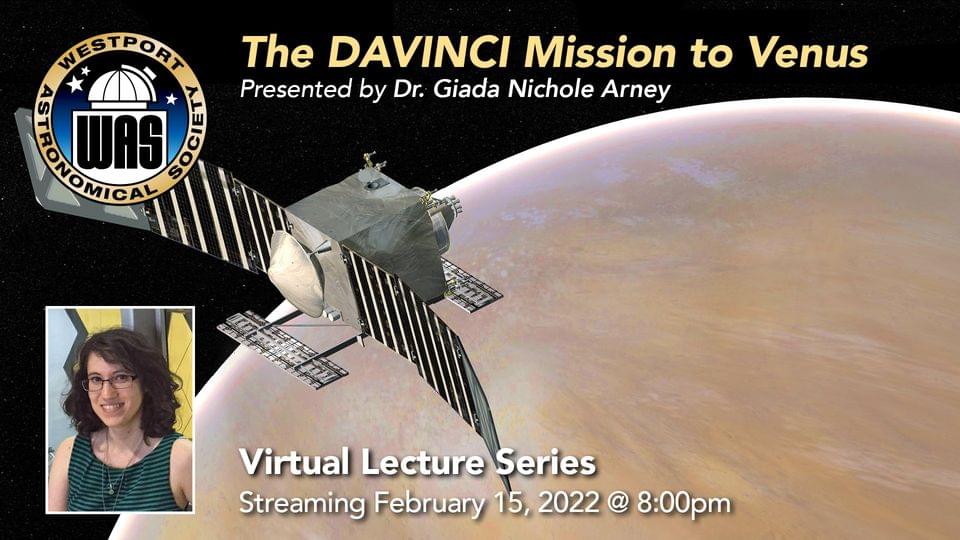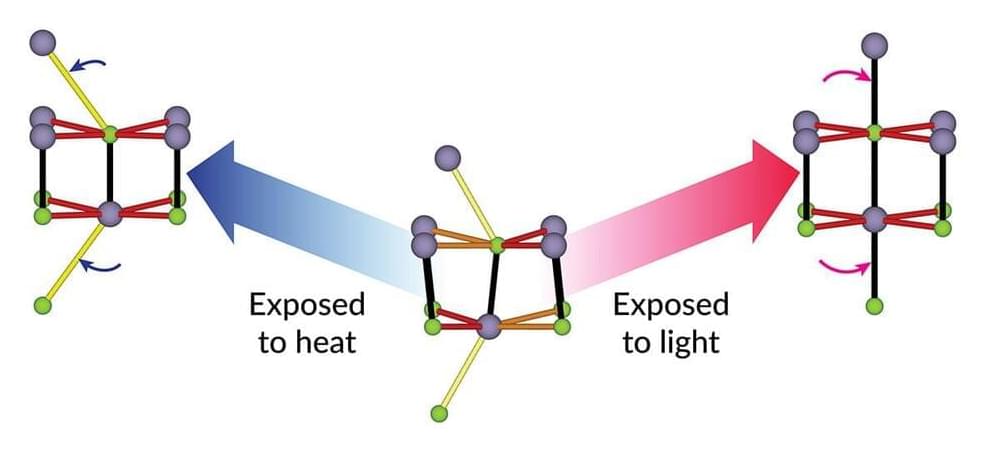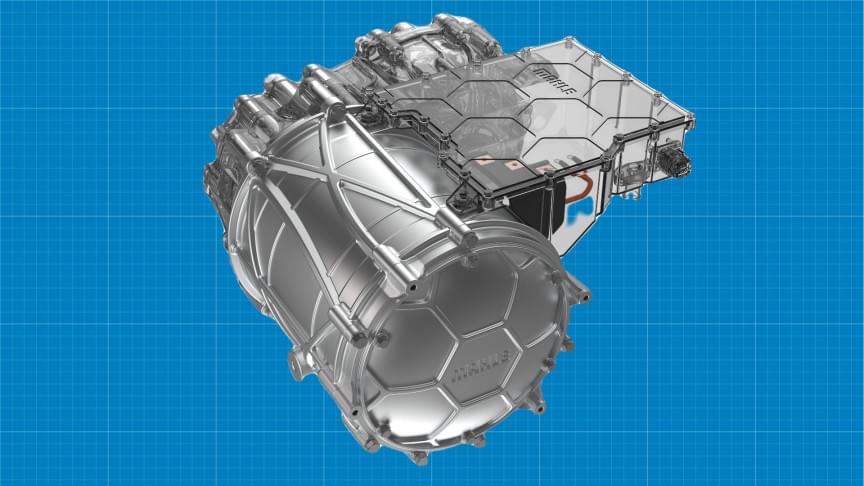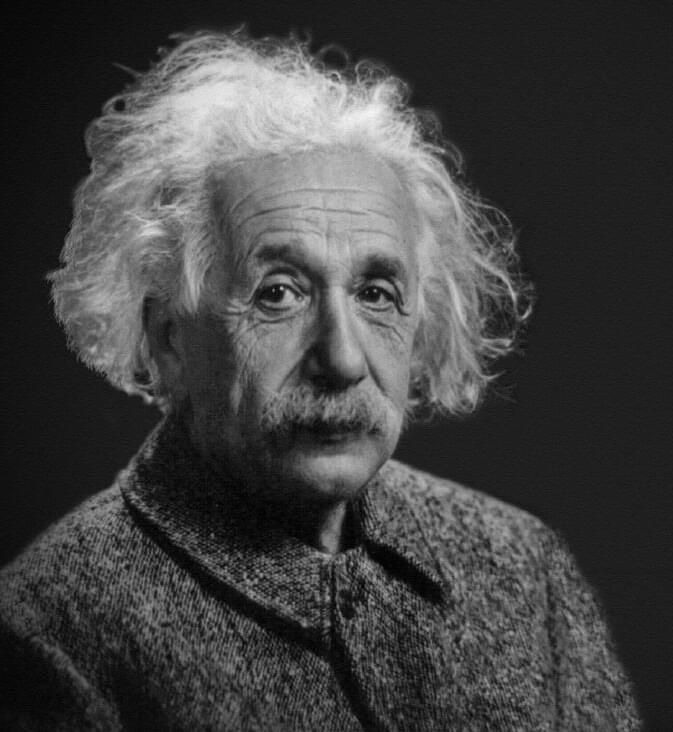Tue, Feb 15
Dr. Giada Nichole Arney – Co-deputy PI for the DaVinci mission to Venus.




Thermoelectric materials convert heat to electricity and vice versa, and their atomic structures are closely related to how well they perform.
Now researchers have discovered how to change the atomic structure of a highly efficient thermoelectric material, tin selenide, with intense pulses of laser light. This result opens a new way to improve thermoelectrics and a host of other materials by controlling their structure, creating materials with dramatic new properties that may not exist in nature.
“For this class of materials that’s extremely important, because their functional properties are associated with their structure,” said Yijing Huang, a Stanford University graduate student who played an important role in the experiments at the Department of Energy’s SLAC National Accelerator Laboratory. “By changing the nature of the light you put in, you can tailor the nature of the material you create.”


With marine debris a growing concern, innovators are getting creative — designing autonomous boats that act as on-the-water trash-eating machines.
The latest development comes from the Danish company RanMarine Technology. They’ve created an aquadrone called WasteShark that sucks up waste from the water much like a Roomba — consuming up to 200 liters of garbage in a single ride.


In order to come up with their design, MAHLE said it used a state-of-the-art simulation process that allowed it to adjust and combine the parameters of different motor designs incrementally in order to settle on the optimal solution. The company says this new method allows it to “quickly create the necessary technical conditions in order to advance e-mobility in a sustainable manner worldwide.”
Though the new motor design was conceived using the very latest simulation processes, the inception of induction motors dates back to the 19th century when they were invented by Nikola Tesla. A new electric vehicle development, EV-charging roads, similarly builds on the inventor’s early work on alternating currents.

Researchers from the Institute of High Energy Physics of the Chinese Academy of Sciences examined the validity of the theory of relativity with the highest accuracy in a study entitled “Exploring Lorentz Invariance Violation from Ultrahigh-Energy γRays Observed by LHAASO,” which was published in the latest issue of Physical Review Letters.
According to Einstein’s theory of relativity, the fastest speed of matter in the Universe is the speed of light. Whether that limit is breachable can be tested by examining Lorentz symmetry breaking or Lorentz invariance violation.
“Using the world’s highest energy gamma rays observed by the Large High Altitude Air-shower Observatory (LHAASO), a large-scale cosmic ray experiment in Daocheng, Sichuan province, China, we tested Lorentz symmetry. The result improves the breaking energy scale of Lorentz symmetry by dozens of times compared with the previous best result. This is the most rigorous test of a Lorentz symmetry breaking form, confirming once again the validity of Einstein’s relativistic space-time symmetry,” said Prof. Bi Xiaojun, one of the paper’s corresponding authors. Prof. BI is a scientist at the Institute of High Energy Physics and a member of the LHAASO collaboration.

On Monday in Washington, D.C., an agreement was signed between American company NuScale Power and the Polish KGHM mining company to build nuclear reactors in Poland.
“We decided that Poland’s strategic partner in nuclear energy will be the United States and American companies. Both in building a conventional, large nuclear power plant, as well as introducing Small Modular Reactors (SMR),” Deputy Prime Minister and Minister of State Assets Jacek Sasin said during his visit to Washington.
He added that there were hopes that the first reactors will be able to start operating within the next seven to eight years.